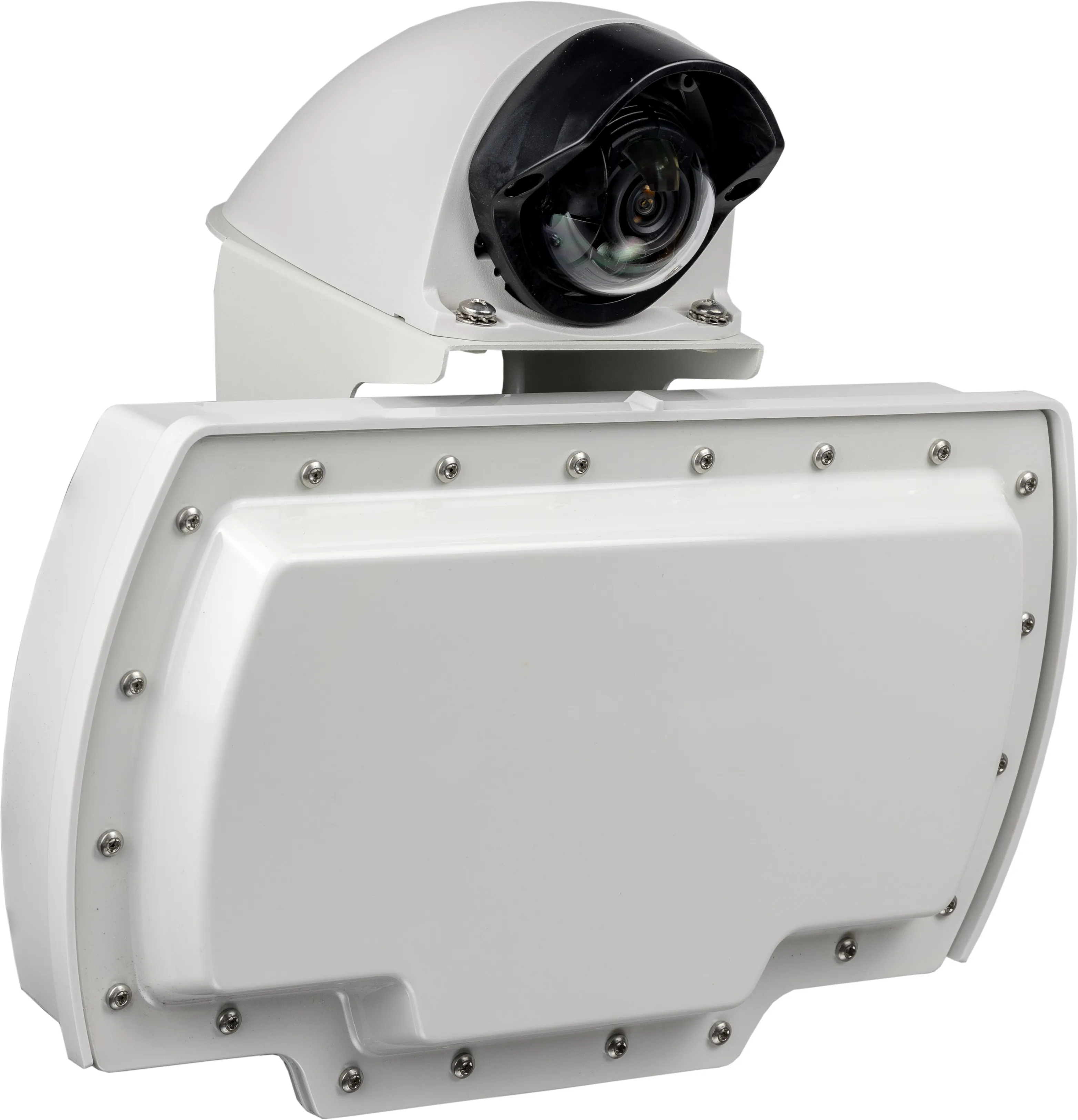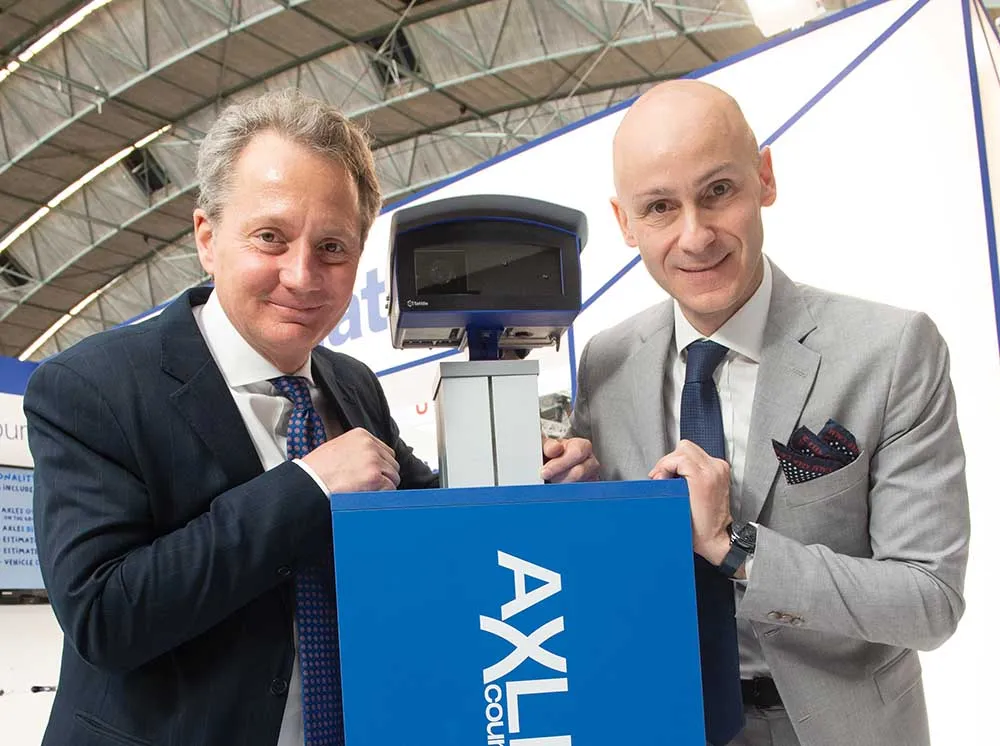Sensys Networks will be featuring its SensTraffic platform that provides automated statistical processing of precise traffic detection data, detailed performance measures, and remote network monitoring and diagnostics.
September 13, 2016
Read time: 1 min
Specifically, and perfect for arterial and freeway traffic data collection, SensFlow provides accurate volume, occupancy and speed reports. These real-time traffic data measures enable monitoring of congestion to optimise traffic operations.
Leveraged in conjunction with SensID data, the company says users will have unprecedented insight into complete corridor utilisation statistics, including vehicle miles travelled (VMT) and vehicle hours travelled (VHT).









